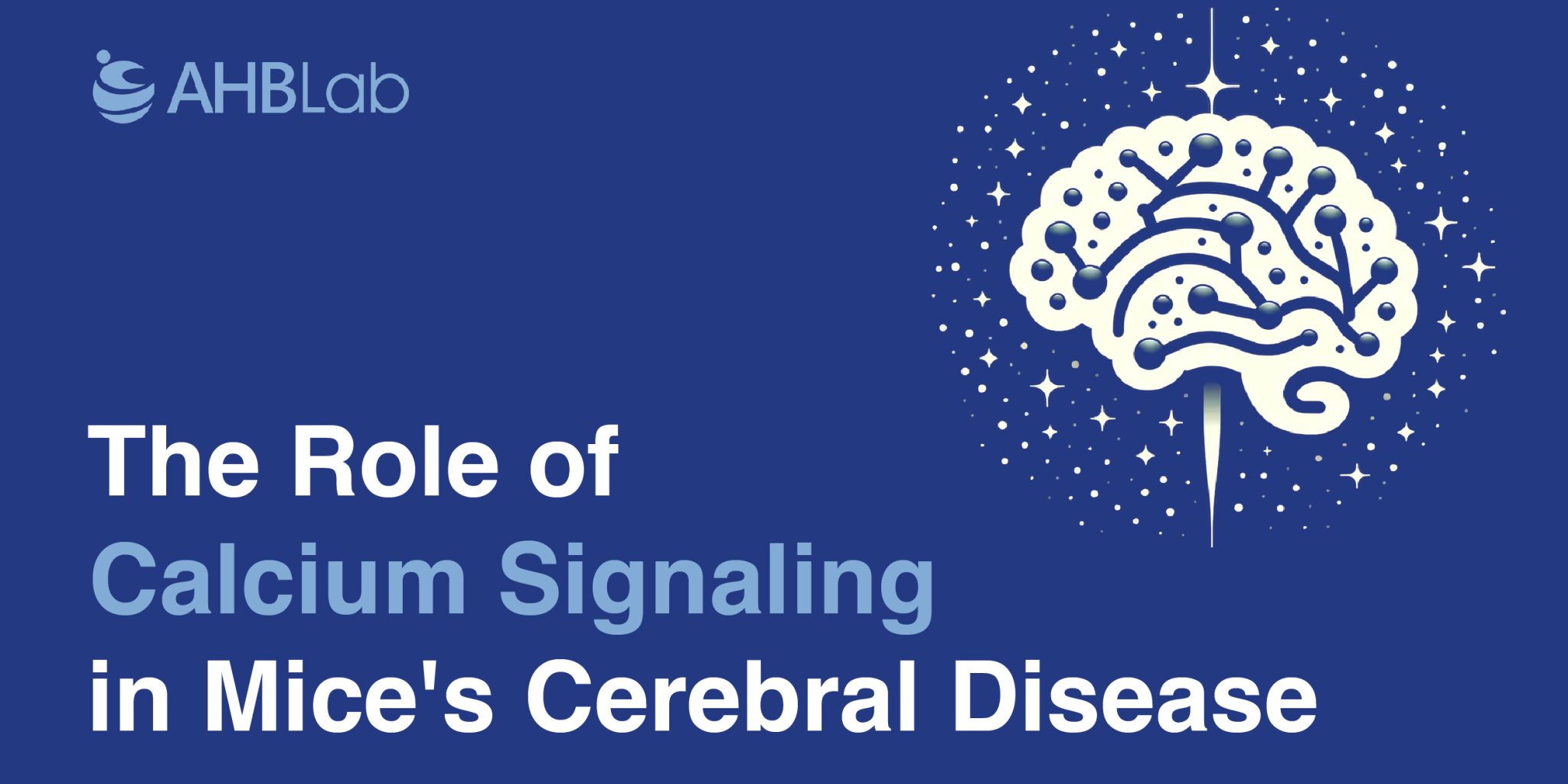Introduction: Understanding the Impact of Calcium Signaling on Brain Vascular Health
Cerebral small vessel disease (cSVD) represents a significant health challenge, affecting millions worldwide. This condition, often manifesting in aging populations, leads to a range of neurological problems, including stroke and dementia. At the heart of this issue is a complex interplay of genetic factors and molecular signaling pathways, among which calcium signaling plays a pivotal role. This article delves into groundbreaking research that illuminates the critical influence of calcium signaling in cSVD, offering new insights and potential treatment avenues.
Background on Cerebral Small Vessel Disease (cSVD)
Cerebral small vessel disease is a term encompassing various pathological conditions that affect the small blood vessels in the brain. These conditions often lead to a progressive decline in cognitive function, stroke, and other neurological deficits. While age is a significant risk factor, genetic predispositions also play a crucial role in the development of cSVD. The condition’s complexity necessitates a multidimensional approach to understanding and treatment, highlighting the need for in-depth research into its underlying mechanisms.
Gould Syndrome and Genetic Mutations
At the genetic forefront of cSVD is Gould Syndrome, a condition underscored by mutations in the COL4A1 and COL4A2 genes. These genes are vital for the production of Type IV collagen, a key component of blood vessel walls. Mutations in these genes lead to the development of cerebrovascular abnormalities and increased risk of hemorrhagic stroke. Understanding the molecular pathways affected by these mutations is crucial in unraveling the pathophysiology of cSVD and related disorders.
Insights from the Col4a1+/G1344D Mouse Model
In a groundbreaking study, researchers employed a mouse model harboring the Col4a1+/G1344D mutation to mimic the human condition of cSVD. These mice demonstrated age-dependent susceptibility to intracerebral hemorrhages and brain lesions, mirroring aspects of human disease progression. This model has been pivotal in understanding the disease’s mechanistic underpinnings, particularly how genetic mutations affect cerebral vascular integrity and function.
Calcium Signaling in Brain Health
Calcium signaling is integral to the proper functioning of cerebral blood vessels. In the Col4a1+/G1344D mouse model, researchers observed a significant impairment in calcium-dependent signaling pathways within the vascular smooth muscle cells. This impairment led to a reduction in the myogenic tone of cerebral arteries, a critical factor in maintaining brain blood flow and preventing hemorrhages. These findings shed light on the importance of calcium signaling in maintaining cerebral vascular health and its potential disruption in conditions like cSVD.
Broader Implications ofResearch in Neurological Disorders
The findings from the Col4a1+/G1344D mouse model extend beyond cerebral small vessel disease, offering valuable insights into the broader field of neurological disorders. Calcium ions are pivotal in various cellular processes, and their dysregulation is a common thread in many neurological conditions. Research in this area not only deepens our understanding of cSVD but also sheds light on other diseases where calcium signaling is disrupted, such as Alzheimer’s and Parkinson’s disease. This broader perspective underscores the potential of calcium-related research in contributing to a more comprehensive understanding and treatment of a wide range of neurological conditions.
Challenges and Future Research Directions in Calcium Signaling and cSVD
While the advancements in understanding calcium signaling in cSVD are promising, significant challenges remain. One of the key hurdles is translating these findings from animal models to human patients. The complexity of human cerebrovascular systems and the genetic variability among individuals make this a daunting task. Future research should focus on identifying biomarkers for early detection of cSVD and exploring the applicability of these findings in diverse human populations. Additionally, long-term studies are required to understand the full spectrum of calcium signaling’s role in cerebrovascular health and its potential therapeutic implications.
Potential Therapeutic Approaches
One of the most promising aspects of this research is the potential therapeutic application of 4-phenylbutyrate, a chemical chaperone. In the Col4a1+/G1344D mice, treatment with 4-phenylbutyrate alleviated symptoms by restoring proper calcium signaling and vascular function. This points to a novel approach in treating cSVD, targeting the molecular pathways disrupted by genetic mutations. Such therapeutic strategies could revolutionize the management of cSVD and similar cerebrovascular disorders.
Conclusion and Future Directions
The study of calcium signaling in the context of cerebral small vessel disease opens new avenues for understanding and treating this complex condition. The insights gained from the Col4a1+/G1344D mouse model offer a promising direction for future research, particularly in developing targeted therapies. As our understanding of the molecular underpinnings of cSVD expands, so does the potential for more effective treatments, offering hope to those affected by this debilitating disease.
MCPC®: A Link Between Calcium Supplementation and Neurovascular Health
In the context of our exploration into the impacts of calcium signaling on cerebral small vessel disease, the role of effective calcium supplementation becomes paramount. AHB Lab’s MCPC®, an innovative peptide-based calcium chelator, offers a groundbreaking approach to calcium supplementation, highly relevant for individuals concerned about neurovascular health. The peptide core structure of MCPC®, “Ser(P)-Ser(P)-Ser(P)-Glu-Glu,” efficiently chelates calcium ions, enhancing absorption in the small intestine. This process is critical, as optimal calcium levels are essential not just for bone and dental health, but also for maintaining the integrity of cerebral blood vessels. The dynamic binding and release of calcium ions by MCPC® ensure a steady supply of bioavailable calcium, which could be pivotal in managing conditions influenced by calcium signaling, such as cerebral small vessel disease. By ensuring efficient calcium utilization, MCPC® aligns with the broader objective of supporting overall vascular and neurological health.






